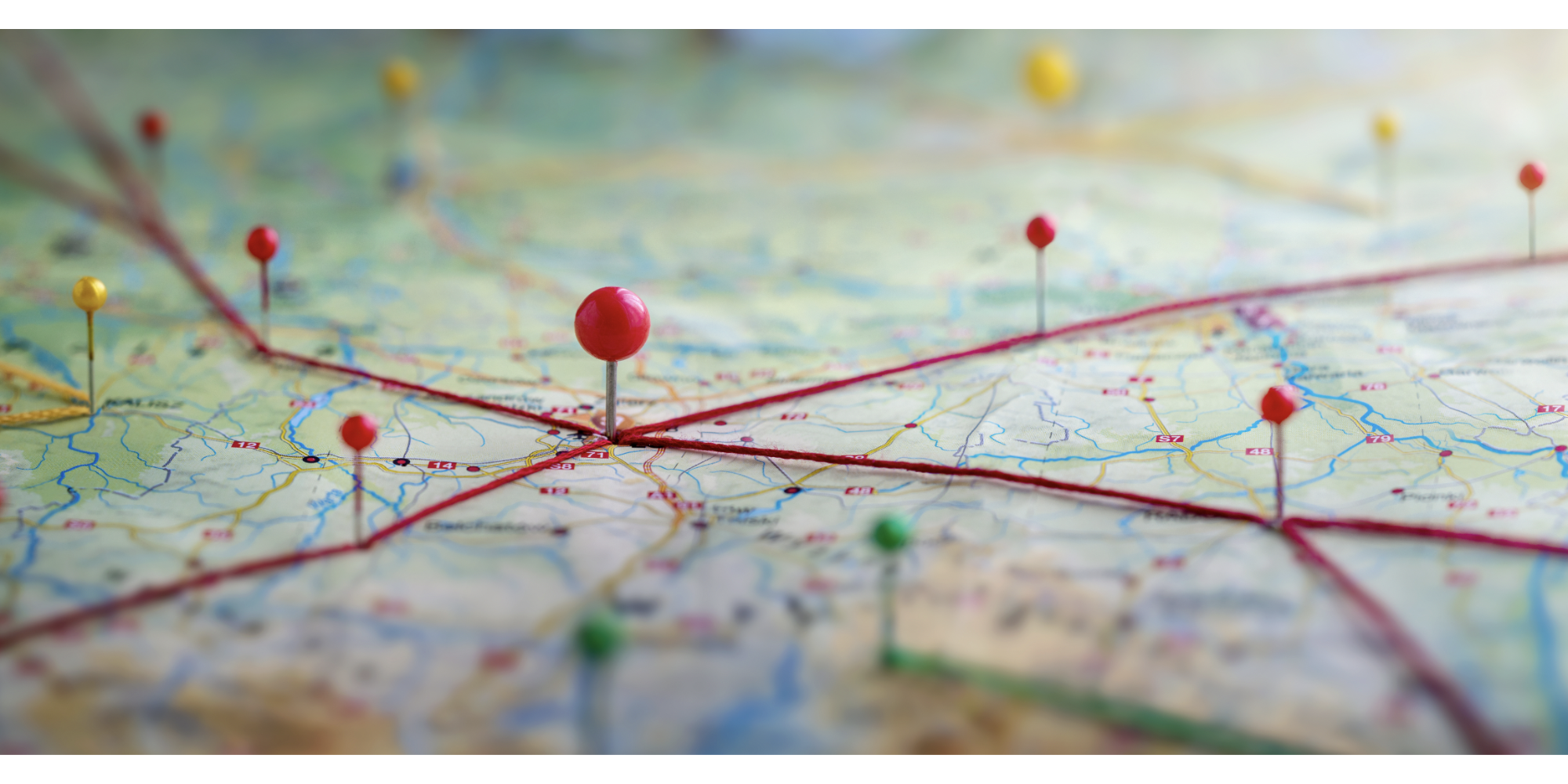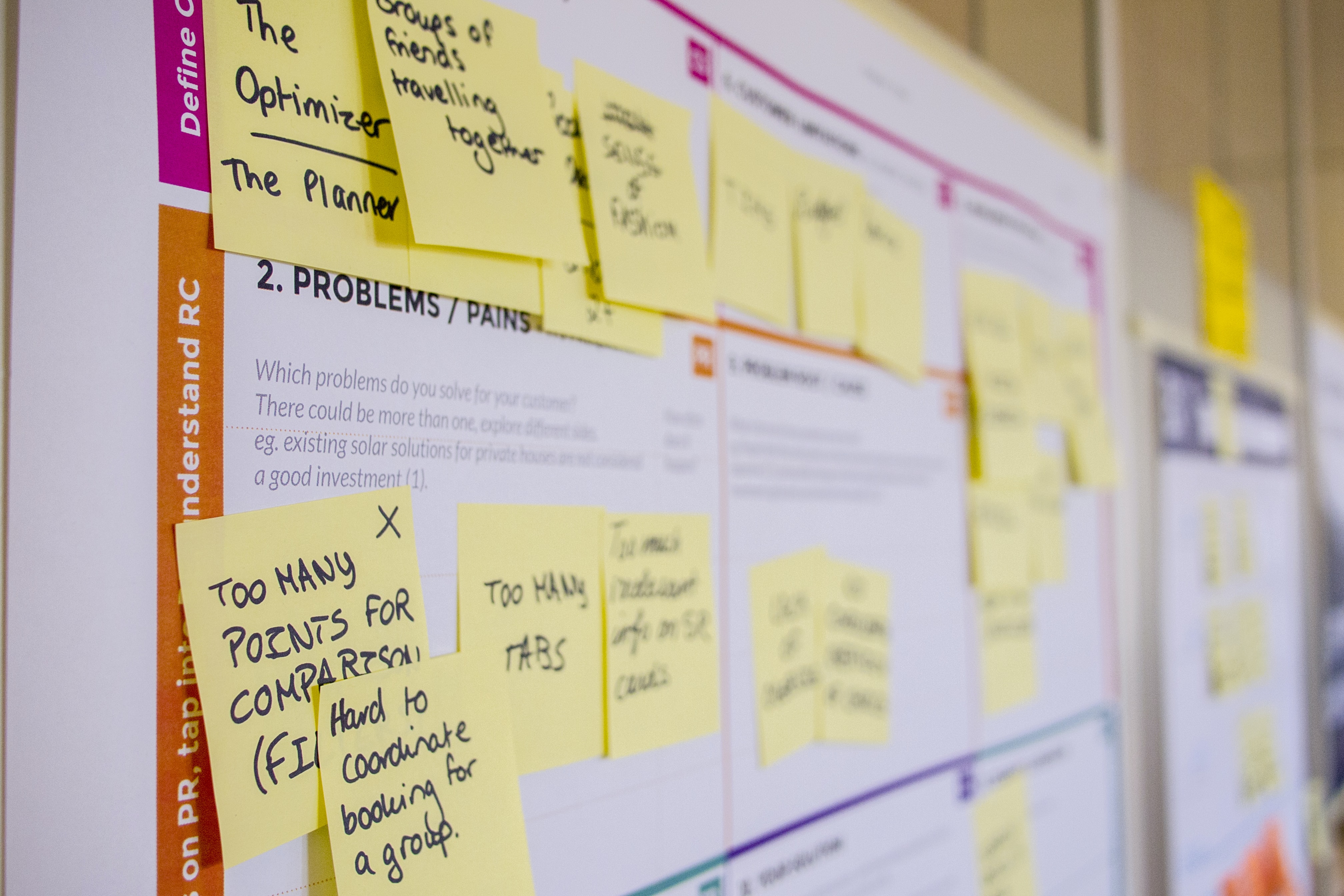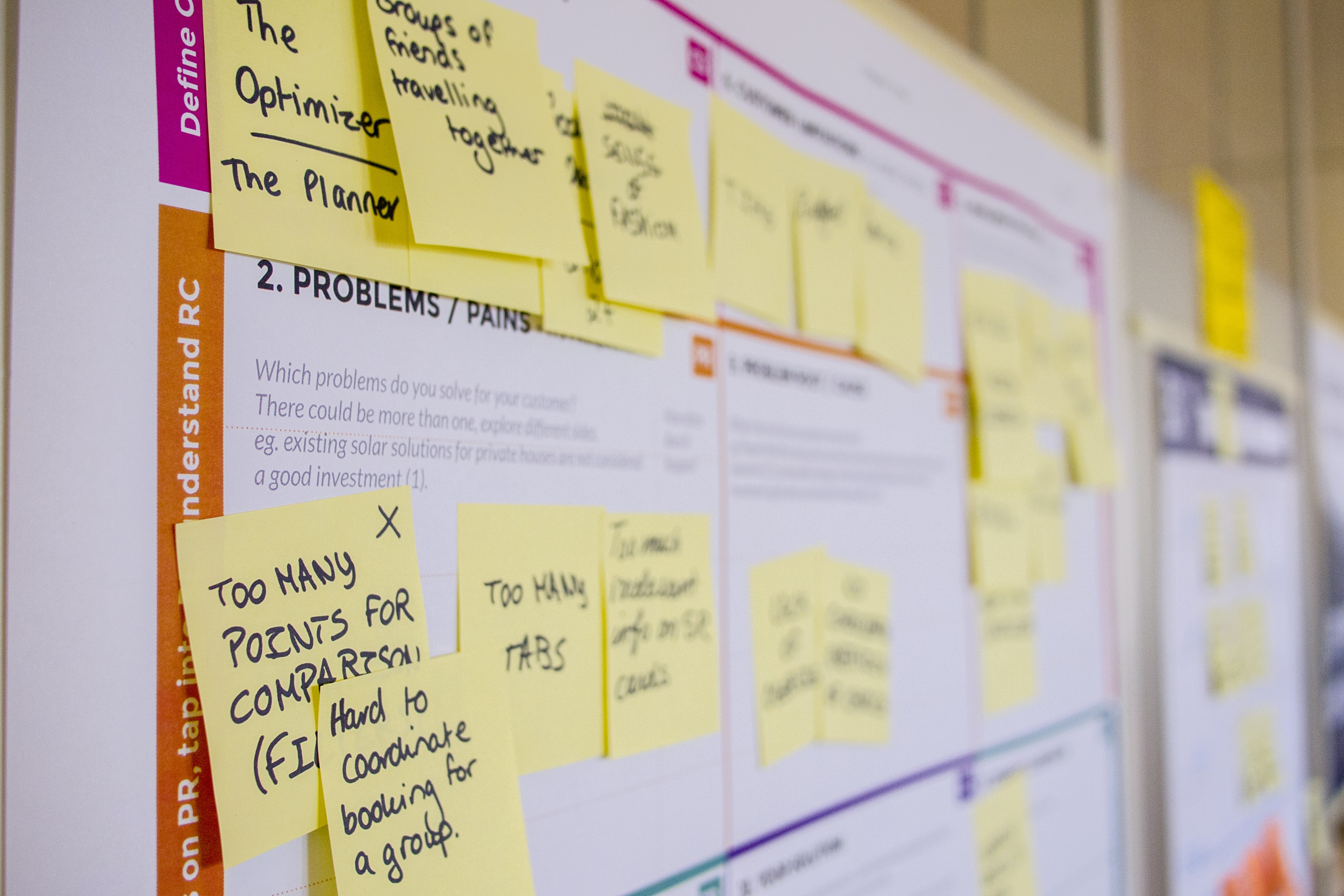Designing a customer journey map provides businesses with a visual representation of the customer’s interactions, emotions, and touchpoints throughout their entire experience with a product or service. A customer journey map should show all the touchpoints the customer can (and is likely to) encounter on their journey when trying to achieve a certain objective.
Why is this important? Customer experience mapping allows you to adopt your customers’ perspective and identify potential obstacles along their journey. It also prompts you to consider various customer types, defined as personas, who engage with your business, and strategize on how best to meet their diverse needs.
Creating an effective customer journey map requires more than just plotting points on a graph—it demands a deep understanding of customer behavior, meticulous research, and strategic thinking. To create a customer journey, you need to map out customer touchpoints and understand the entire customer lifecycle.
Let’s delve into some best practices to craft meaningful and impactful customer journey maps.
Understanding the customer journey
Definition of a customer journey
A customer journey refers to the series of interactions a customer has with a company, from initial awareness to post-purchase support. It encompasses all the touchpoints, experiences, and emotions a customer encounters while engaging with a brand. Understanding the customer journey is crucial for businesses to create meaningful connections and deliver exceptional experiences at every stage.
Importance and benefits of customer journey mapping
Customer journey mapping is crucial for businesses to understand their customers’ needs, pain points, and emotions. By creating a visual representation of the customer journey, companies can identify areas for improvement, develop targeted marketing strategies, and enhance customer satisfaction. The benefits of customer journey mapping include increased customer loyalty, improved customer retention, and ultimately, revenue growth. By continuously refining the customer journey map, businesses can stay ahead of the competition and ensure long-term customer success.
1. Start with research and data collection
Before beginning, gather relevant data and insights about customer journeys. This can include:
-
Customer feedback
-
Surveys
-
Analytics from various touchpoints (website, app, social media)
-
Direct customer interviews
Understanding the customer’s motivations, pain points, and expectations at each stage of their journey is fundamental to creating a map that accurately reflects their experience.
2. Define customer personas
Segmenting customers into personas helps in personalizing the journey map. Each persona represents a distinct group of customers with specific needs, preferences, and behaviors. By defining personas, you can tailor your journey map to address the unique challenges and motivations of different customer segments.
Profile Your personas and define their goals
Profiling your personas and defining their goals is a critical step in creating an effective customer journey map. To do this, gather data from surveys, interviews, testimonials, reviews, and feedback from customer relations teams. Collect specifics about who your customers are, what they want, and what their pain points are. The more information you can gather, the more effective your customer journey maps will be. This detailed understanding allows you to tailor the journey to meet the specific needs and expectations of each persona, ensuring a more personalized and satisfying customer experience.
3. Map out the entire journey
A comprehensive customer journey map covers every stage of the customers experience—from initial awareness and consideration to post-purchase support and advocacy. It should include both online and offline touchpoints, highlighting interactions across different channels such as websites, mobile apps, social media, customer service calls, and physical stores.
List out all touchpoints
Identifying all touchpoints is essential to creating a comprehensive customer journey map. Consider all places where the customer may interact with your business, including website interactions, social media, email, and customer service interactions. Factor in indirect engagements, like reviews of your brand on third-party sites. Each touchpoint can drive customer conversion, so it’s crucial to understand the customer’s experience at each point. By mapping out these interactions, you can ensure that no critical touchpoint is overlooked and that each one contributes positively to the overall customer journey.
Map the current and ideal customer journey
Mapping the current and ideal customer journey involves identifying the steps that buyers follow on their way to making purchases. Represent every variation on the buyer’s journey, including different types of sales channels, multiple product versions, and small-volume as well as large-volume purchases. The ideal buyer journey may vary from the actual journey, so represent both on your map. Update the ideal buyer journey as needed to reflect changes in customer behavior and preferences. This dual mapping approach helps businesses understand where they currently stand and what they need to do to achieve the optimal customer experience.
4. Focus on emotions and moments of truth
Effective customer journey maps go beyond documenting touchpoints; they also make the customer journey map accessible to cross-functional teams, capturing the customer’s emotional state at each stage. Identifying “moments of truth”—key interactions that significantly impact the customer’s perception—helps prioritize areas for improvement. Understanding how emotions evolve throughout the journey enables businesses to design experiences that resonate on a deeper level.
See a great visual example of a customer journey map that includes touchpoints and emotions in this post.
5. Collaborate across departments
Creating a customer journey map is a collaborative effort that involves multiple departments within an organization, because the customer doesn’t just interact with one team. Sales, marketing, customer service, product development, analytics, and UX/UI teams should all contribute their expertise to ensure a holistic and accurate representation of the customer journey. This cross-functional collaboration helps align internal processes with the customer’s needs and expectations, and the customer service team plays a crucial role in delivering a cohesive and positive customer experience.
6. Determine points of friction
Pinpoint any friction points in the customer journey to identify opportunities for improvement through a thorough mapping process.
Consider these questions to start:
-
Where might friction occur in this specific interaction?
-
Are customers abandoning purchases due to this issue?
-
Are customers unaware of solutions we’ve already provided? If so, why?
Sumita Mullick, Vice President of Customer Service and Operations Analytics at Wellmark Blue Cross and Blue Shield, suggests also looking at data—knowing why customers are contacting you, when, and their feedback.
While identifying potential friction points with a customer journey map is valuable, it’s always important to provide accessible customer support at every stage of their journey.
This is where Guided CX can transform points of friction into moments of connection. Glance Guided CX solutions offer a streamlined way for customers to connect with your team instantly. This allows them to show where they’re facing challenges and receive personalized support from a visible and responsive team member.
7. Iterate and improve continuously
A customer journey map is not a static document—it should evolve as customer preferences and behaviors change. Regularly updating the map based on new data and feedback ensures that it remains relevant and effective in guiding CX strategies. Continuous improvement is key to staying ahead in a competitive market and delivering exceptional customer experiences over time.
Customer journey maps are indispensable tools for CX leaders. Curious to learn more? Dive deeper into the world of customer journey mapping on our blog.



